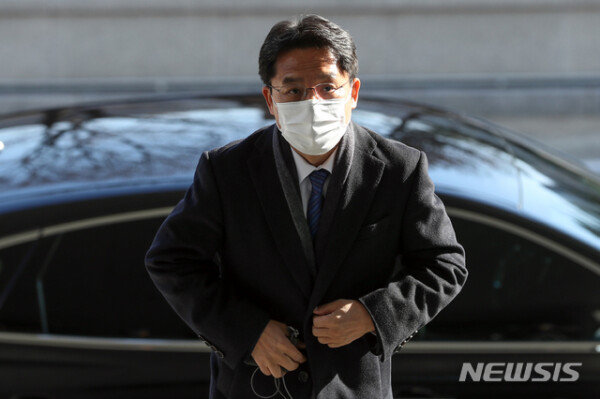The second delivery of corona vaccines will also go to West Africa. This is expected on Friday in Ivory Coast, where they will also put the first injection just after the weekend.
The Covax organization has asked the UN children’s rights organization UNICEF to work with local authorities to roll out vaccination programs in 92 low-income countries around the world. “We are the largest buyers of vaccines in the world”, says Sabine de Jong of Unicef Netherlands. “Every year we already distribute two billion vaccines against polio and measles, among other things.”
This gives Unicef the experience and the network to distribute the corona vaccines. The organization helps train healthcare providers and design vaccination information campaigns. De Jong: “The vaccination with the corona vaccine itself takes place in existing health centers. And where that is not possible, we deploy mobile teams. They have already delivered polio and measles vaccines in cool boxes over mountains and suspension bridges to reach everyone.”
Logistics ready
According to De Jong, the fact that the first Covax vaccines will go to two African countries this week has to do with the logistics in those countries being ready. Ghana and Ivory Coast have also indicated that they want help quickly.
The Covax program was in principle aimed at creating equal access to vaccines worldwide. All participating countries, rich and poor, could obtain larger quantities of vaccines faster and cheaper if they were bought collectively through Covax. But in practice, wealthy Western countries chose to purchase on their own initiative. They also started hoarding vaccines, which means that Covax has to compete against these countries in the run on vaccines.
WHO chief Tedros Adhanom Ghebreyesus said this week that wealthier countries are standing in the way of Covax by signing contracts with pharmaceuticals undermining its agreements with Covax. “This is not about charity. If we don’t end the pandemic everywhere, it won’t end anywhere.”
Inequality
The inequality that should have been prevented with the Covax initiative is very clear. To date, more than 210 million vaccinations have been given worldwide, according to the World Health Organization. Eighty percent of it was distributed in just ten countries.
Meanwhile, Covax remains the only hope of access to the vaccines for many poor countries. Covax’s goal is to vaccinate 3 percent of the population in the participating countries over the next six months. A percentage that quite a few rich countries have already reached or will soon reach. The Covax program aims to deliver 2.3 billion doses by the end of the year, which could vaccinate 20 percent of the population.
“That does not mean that we vaccinate 20 percent of the population in every country,” explains De Jong of Unicef. “We first vaccinate the healthcare providers and the most vulnerable in society. If a country has more healthcare providers, they will receive more vaccines.”
In any case, it is not nearly enough for so-called group immunity. That can take years in non-Western countries.
Half for Africa
46 of the 92 low-income countries that now receive free vaccines through Covax are on the African continent. The African Union is also in the process of purchasing vaccines for the member states and is said to have secured 670 million of them, 270 million of which are for this year. They also hope to be able to roll out vaccination programs in the coming weeks.
A number of African countries have already started vaccinating outside of Covax. South Africa took the first shot with the Janssen vaccine last week and Zimbabwe did so this week with the Chinese Sinopharm.
–


